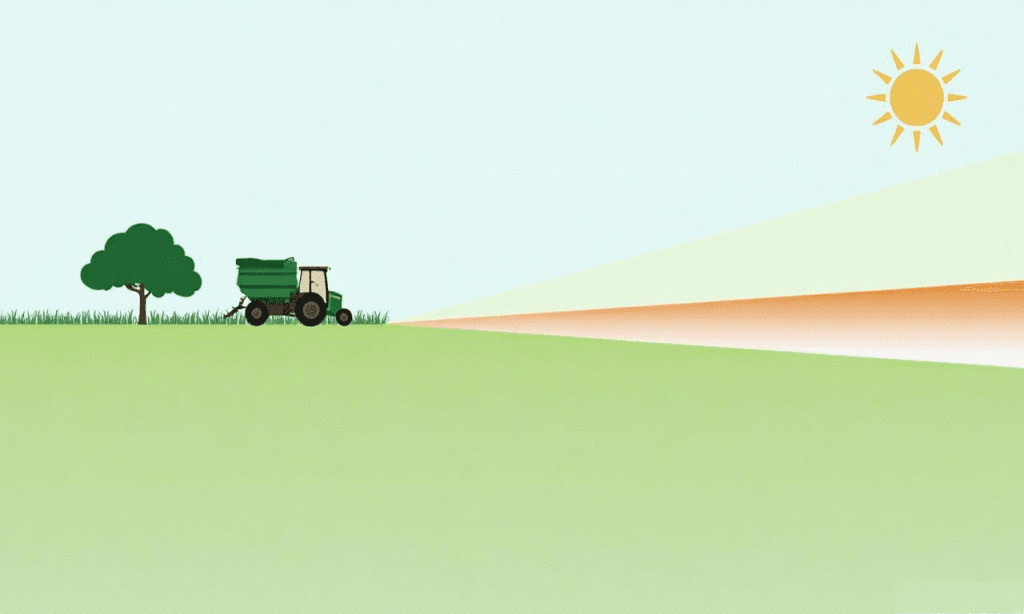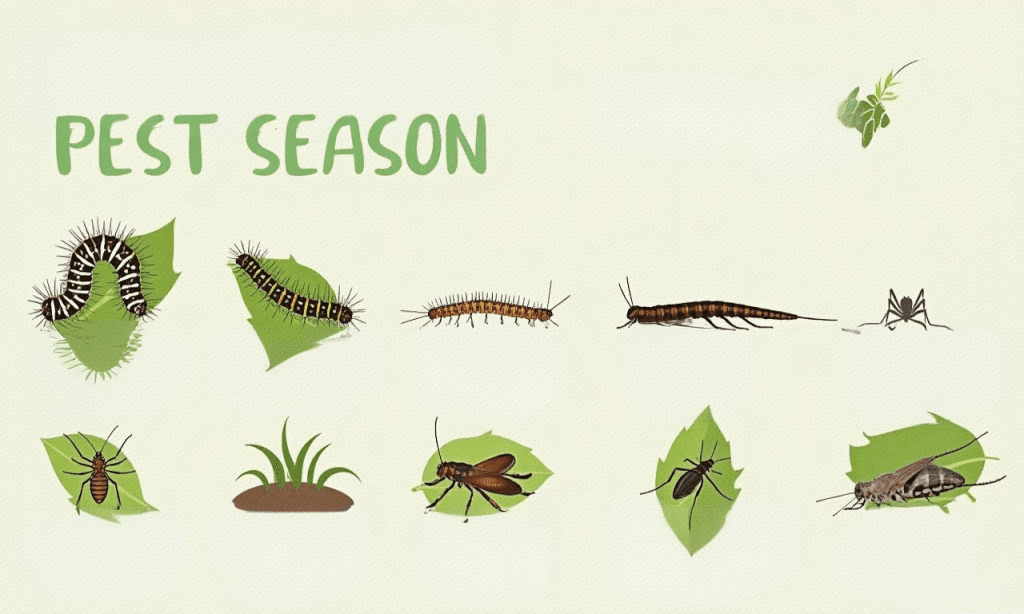Florida Lawn Care Guide: Beat the Heat & Keep Grass Green
Introduction: Winning the Florida Lawn Game
Maintaining a lush lawn in Florida's brutal climate often feels like an impossible battle against scorching sun, torrential rains, and relentless humidity. Yet University of Florida IFAS research proves proper techniques can keep St. Augustine grass thriving even when temperatures hit 95°F+. This scientifically-backed guide reveals:
- The exact watering schedule that prevents fungus without drought stress
- Fertilizer formulas that nourish without burning
- Pest control strategies tailored to Florida's unique challenges
- Regional adaptations from the Panhandle to the Keys
Whether you're battling chinch bugs in Orlando or dollarweed in Miami, these solutions will transform your lawn care routine.
Section 1: Choosing the Right Grass for Florida
St. Augustine: The King of Florida Lawns
- Why it dominates: 78% of Florida lawns (2024 UF survey)
- Heat tolerance: Survives soil temps up to 110°F
- Best varieties:'Floratam' - Most pest-resistant'Palmetto' - Best shade tolerance'Bitterblue' - Finer texture
Alternative Options
| Grass Type | Pros | Cons |
| Zoysia | Drought-resistant | Slow establishment |
| Bahia | Low-maintenance | Coarse texture |
| Bermuda | Durable | High water needs |
Case Study: A Tampa homeowner replaced Bahia with Floratam St. Augustine and reduced watering by 35%.
Section 2: The Perfect Watering Strategy
Summer Watering Rules
- Frequency: 2-3 times weekly
- Duration: 3/4" per session (use tuna can test)
- Timing: 4-7 AM reduces evaporation
Winter Adjustments
- North Florida: Water every 10-14 days
- South Florida: Weekly during dry spells
"UF IFAS research shows early morning watering reduces fungal disease by 60% compared to evening"
Section 3: Fertilizing Without Burn
2024 Florida-Friendly Formula
- March-May: 15-0-15 (slow-release nitrogen)
- June-August: 5-10-30 (stress formula)
- September: Iron supplement only
- October-February: No fertilizer
Pro Tip: I always water deeply before/after applying fertilizer to prevent burn.
Section 4: Mowing Like a Pro
Height Matters
| Grass Type | Summer Height | Winter Height |
| St. Augustine | 3.5-4" | 2.5-3" |
| Zoysia | 2-2.5" | 1.5-2" |
| Bahia | 3-4" | 2-3" |
Blade Care
- Sharpen monthly - Dull blades tear grass
- Alternate mowing patterns - Prevents ruts
- Leave clippings - Returns nitrogen
Regional Warning: Coastal lawns need more frequent sharpening due to sand abrasion.
Section 5: Conquering Florida's Top Pests
Chinch Bugs
- Signs: Yellow patches near pavement
- Treatment: Bifenthrin in early morning
- Prevention: Maintain proper moisture
Armyworms
- Detection: Look for "marching" larvae at dawn
- Emergency Fix: Spinosad for organic control
Mole Crickets
- Test: Mix 2 oz dish soap in 1 gal water → pour on soil
- Control: Beneficial nematodes
Case Study: A Naples community reduced pesticide use 80% through coordinated treatment timing.
Section 6: Seasonal Checklist
Spring (March-May)
- Apply pre-emergent herbicide
- Core aerate if thatch >1/2"
- Edge sidewalks/driveways
Summer (June-August)
- Raise mower height
- Inspect irrigation weekly
- Treat for grubs if needed
Fall (September-November)
- Overseed bare spots
- Apply potassium
- Reduce mowing frequency
Winter (December-February)
- Dormant season
- Service equipment
- Plan next year's strategy
Final Thoughts: Sustainable Florida Lawn Care
By working with Florida's climate instead of against it, you'll achieve:
- 50% less water usage through smart scheduling
- Reduced chemical dependency via IPM strategies
- Year-round green coverage with proper variety selection
- More free time through efficient maintenance
As UF's Environmental Horticulture Department confirms, these methods create healthier lawns that actually thrive in Florida's extreme conditions.
Ready to transform your lawn? Implement one new technique this week!
Disclaimer
Recommendations are general guidelines. Always check local water restrictions and pesticide regulations. AI-generated images are illustrative only.
Sources Cited:
- University of Florida IFAS Extension Publications
- Florida-Friendly Landscaping™ Program Guides
- Journal of Environmental Horticulture (2024)
- EPA Watersense Program Data
wendy
|
2025.04.23






